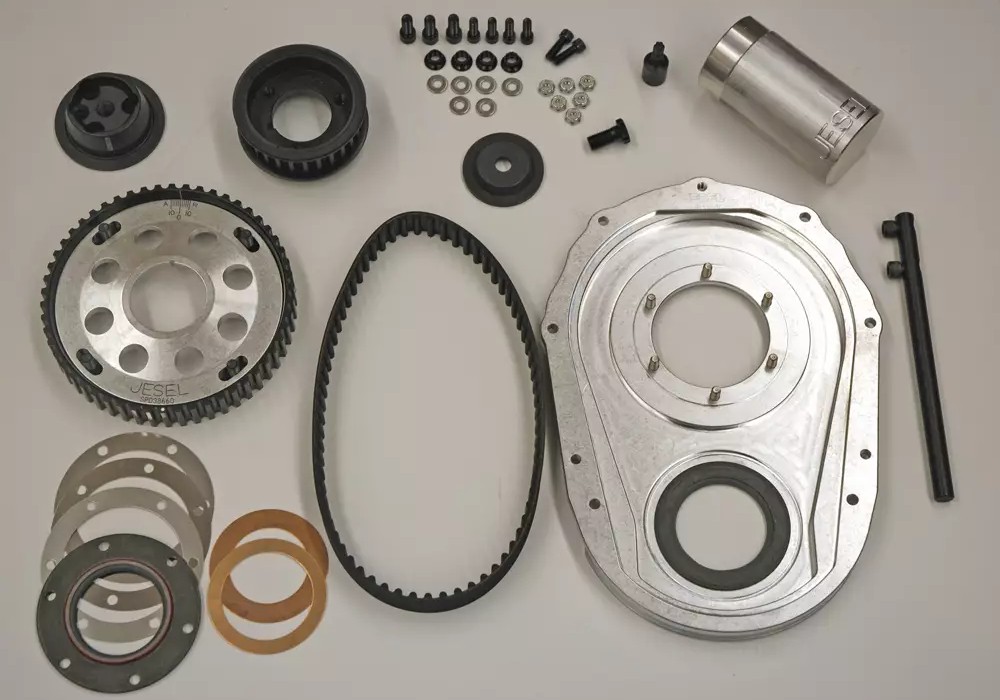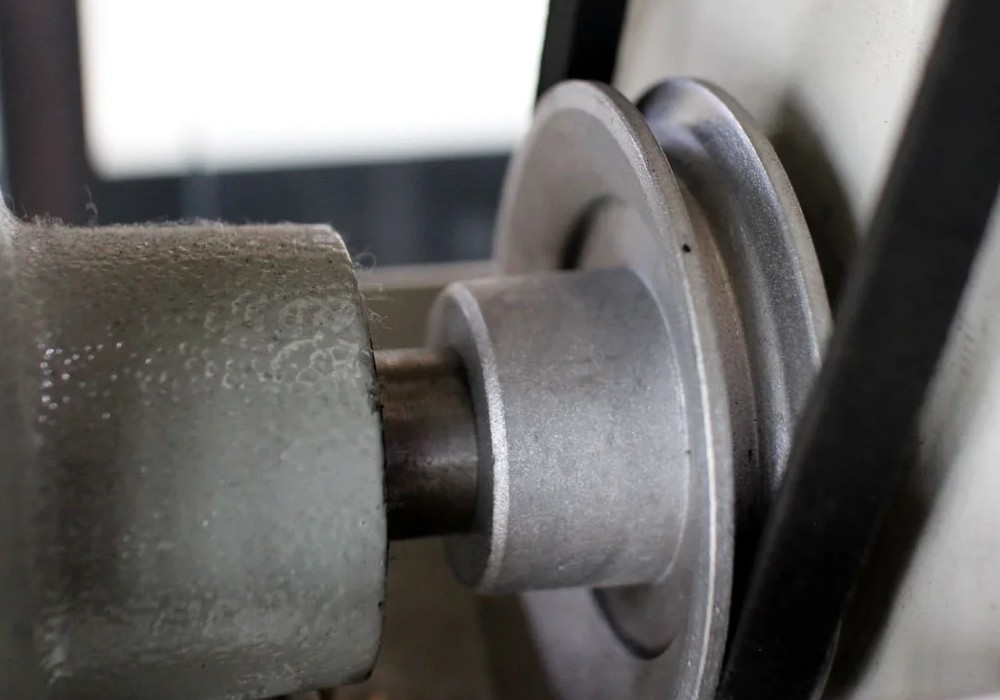The heat treatment process of the material includes annealing, normalizing and quenching and tempering. The purpose of heat treatment is to improve the processing performance of the material, eliminate internal stress and prepare a good metallographic structure for the final heat treatment.
Annealing and normalizing process
Use normalizing to heat the product to 730℃-930℃, and after holding it with the heat preservation for a period of time, take out the product from the furnace, and then use cooling or water spraying, industrial fan blowing and other rapid cooling processing technology.The purpose is to homogenize the molecular structure distribution inside the material, thereby improving the processing performance of the material.
For carbon steel and alloy steel with a carbon content of more than 0.5%, annealing treatment is often applied with these materials, in order to reduce the hardness of the material and facilitate cutting process.
Annealing and normalizing are generally arranged after the sprocket blank is manufactured and before rough machining.
Tempering treatment
Low carbon steel material adopts quenching and tempering treatment. Quenching and tempering is a heat treatment method of tempering the material at a high temperature of 500-650 degrees after quenching.Quenching and tempering can make the performance and material of steel be adjusted to a large extent, and the strength, plasticity and toughness of the material can also be improved, so finally the better mechanical properties can be achieved.
CONTINUE READING
Related Posts
V-belt pulleys are an essential component of any machinery or equipment that requires power transmission. They are responsible for transmitting […]
Toothed alternator pulleys are an essential component in modern automotive engines, providing a reliable and efficient method of power transmission […]
Drive pulleys are an essential component in many industrial machines, providing the driving force that powers the equipment. They are […]




